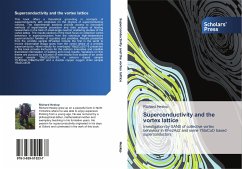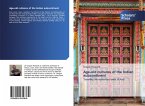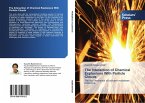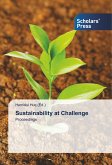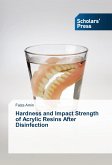This book offers a theoretical grounding in concepts of superconductivity with emphasis on the physics of superconducting vortices. The experimental sections provide access to innovative methods of experimental procedure and data analysis of leading researchers in the field of small-angle neutron scattering studies of the vortex lattice. The results sections of the book focus on collective vortex behaviour in superconductors from the notorious high-temperature superconductor families of cuprates and pnictides. Results presented from the pnictide sample KFe2As2 include the first in the world to involve discernable Bragg spots from the vortex lattice of a pnictide superconductor. Novel results for overdoped YBa2Cu3O7- presented in this book provide linch-pins for the authors innovative and credible theoretical interrelation of existing and novel results. Variations on this theme are pursued by inclusion of new results from studies of an under doped sample YBa2Cu3O6.85, a calcium doped sample Y0.85Ca0.15Ba2Cu3O7 and a double copper oxygen chain sample YBa2Cu4O8.
Bitte wählen Sie Ihr Anliegen aus.
Rechnungen
Retourenschein anfordern
Bestellstatus
Storno

